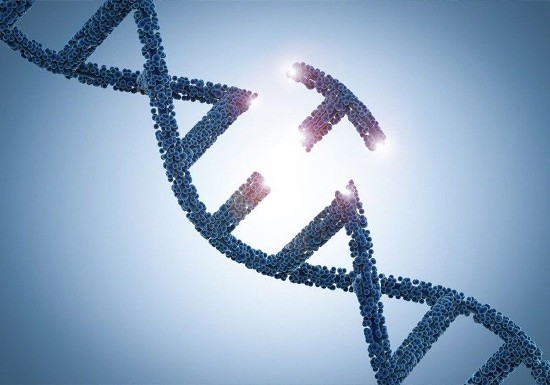Do you suffer from high cholesterol? Are you taking a prescription drug to address it? According to the World Health Organization (WHO), high cholesterol, also called hypercholesterolemia, is one of the top ten major preventable risks that we humans face. It is estimated to be the cause of 4.4 million deaths annually and causes 18% of strokes and 56% of global ischemic heart disease. Genetically-caused high cholesterol occurs in 1 in every 250 families.
What is cholesterol? It is a fat-like waxy substance that is naturally found in the bloodstream. The body needs it but not too much of it. When too much it causes fatty deposits to accumulate on the inner lining of arteries affecting the heart and brain.
Cholesterol comes in two forms – good and bad. Good cholesterol is carried in the bloodstream by high-density lipoproteins (HDL). HDL lowers the risk of stroke and heart disease. Low-density lipoproteins (LDL) are bad cholesterol which causes fatty buildups called plaque to form on the walls of arteries.
High cholesterol levels are checked through blood tests. Our bodies on average contain 4.7 million milligrams (160 ounces) of blood. When cholesterol level tests show they exceed 200 milligrams (0.007 ounces) per 10 litres (642 ounces) you are at risk.
The WHO recommends dietary programs as a first line of defence including reduced consumption of salt and processed foods while increasing the eating of fruit and vegetables. Other lines of defence include stopping smoking and increasing exercise.
Then there are drugs with statins along with blood thinners as global standards. The WHO states the combination has halved incidents of stroke and heart disease globally.
CRISPR and the Treating of High Cholesterol
If you are unfamiliar with CRISPR an acronym that stands for Clustered, Regularly Interspaced Short Palindromic Repeats, consider the following a quick course in genetics and DNA. DNA is a double-helix that looks like a twisted ladder with each rung formed from pairs of nucleotides, chemicals that combine different types of sugars, phosphates and nitrogen. These chemicals have names: adenine, cytosine, guanine and thymine. Adenine and thymine (A-T) always form one base pair. Guanine and cytosine (G-C) form the other. The order in which the base pairs link up forms the steps in the double-helix ladder. When a genetic defect occurs, that’s where CRISPR can be used to cut out one or more base pairs and replace them with a corrected sequence. Doing this swaps out bad genes for good and theoretically can be used to cure many genetic-caused anatomical defects as well as diseases.
In a Phase 1 clinical study, researchers used CRISPR to target a faulty PCSK9 gene in our liver by replacing it with an edited version of the gene responsible for familial high cholesterol levels. Injected into 10 patients between the ages of 29 and 69, the results so far are encouraging. Three who received a high dose saw a healthy reduction in blood cholesterol levels. Two of them experienced LDL levels drop by 39 and 48%. One who received the highest dose saw a 55% reduction. These reductions so far have lasted over six months and counting.
An NPR article published on November 12, 2023, quotes Dr. Sekar Kathiresan, Executive Officer at Verve Therapeutics, the Boston-based pharmaceutical company developing one-and-done gene therapies to treat diseases, describes the early results stating “This is really the first-ever evidence that one can actually rewrite a single DNA letter in the liver of a living human being and have a clinical effect.”
There are obvious uncertainties to using CRISPR to edit DNA whether it be to treat high cholesterol or any other genetic-caused disease. Can there be “off-target” unintended effects years later? Can an edited gene cause another disease to manifest? The current gold standard for using CRISPR to treat a disease is sickle cell anemia. Sickle cell has never had an effective drug-based therapeutic alternative. That is not the case for high cholesterol including the kind that shows up in family histories. Today, both are treatable using lifestyle changes (diet, weight loss, and exercise) and the taking of inexpensive cholesterol-lowering drugs.
Nevertheless, ending high cholesterol with an inexpensive alternative that replaces a bad gene with a good one would not be unwelcome, and would be a further step in the development of gene-editing treatments for more genetic-caused diseases including many forms of cancer.
















